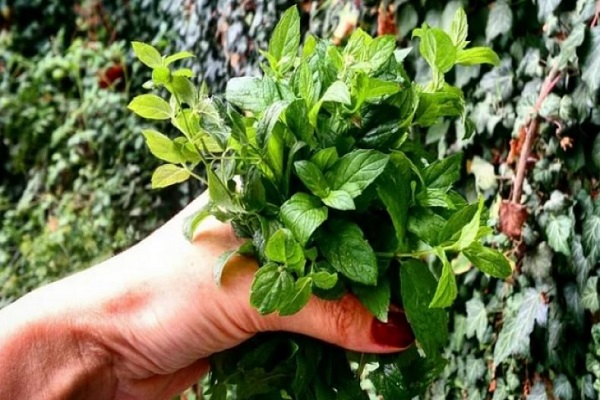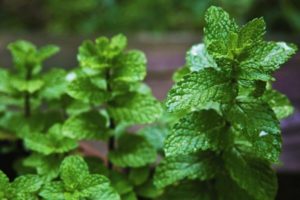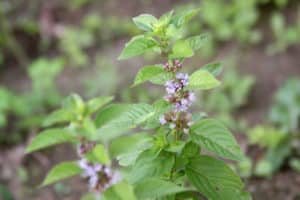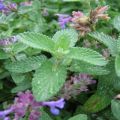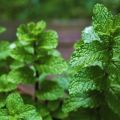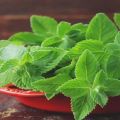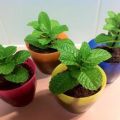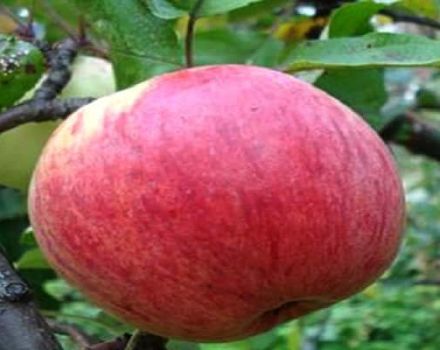Features of growing and caring for forest mint
Most gardeners, in addition to vegetable crops, plant spicy herbs on their personal plot. Preference is given to forest mint, which serves as a decorative decoration of the landscape, a medicine, a seasoning for various dishes and the basis of fragrant drinks. No wonder the second common name for this fragrant herb is oregano. It is also known as oregano, incense, motherboard. The shrub plant reaches 30-70 cm in height and blooms in a variety of shades, depending on the variety.
Features of forest mint
Forest mint is capable of producing crops, growing over 20 years in one place. But the healing properties are maximally preserved in the case of plant transplantation every five years. Oregano is an ideal precursor for any vegetable crop, as it cleans the soil from pests and pathogens.

Necessary conditions for growth
The simplicity of agrotechnical methods for growing forest mint allows an inexperienced gardener to engage in cultivation. The positive characteristics of the plant include unpretentiousness, cold resistance, and undemanding to soils. However, plants are responsive to planting in fertile, sun-exposed areas and regular, moderate watering.
Waterlogging and stagnation of groundwater have a detrimental effect on oregano, as well as a prolonged drought.
The heat-loving plant tolerates high temperatures well. The optimum ambient temperature for development is +20 degrees. However, there are no problems with oregano in winter, except for the long-established frosty weather.

Landing dates
Sowing seeds is recommended in early spring or autumn. Mint, propagated vegetatively - by dividing the bush, cuttings or layering, is planted at the same time, but successfully takes root in the summer months.
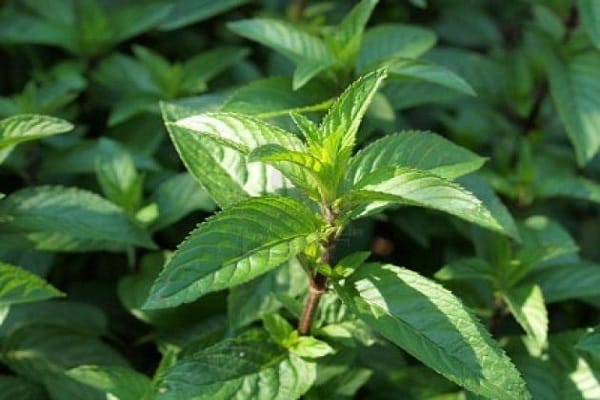
Seed preparation
Despite good germination, the best performance is achieved with pre-sowing preparation, which includes:
- soaking seeds in warm water for two days in order to remove essential oils from the surface that impede germination;
- changing water four times a day, which speeds up the process;
- mixing seed material with river sand in equal volumes, this procedure is needed to evenly distribute small seeds.
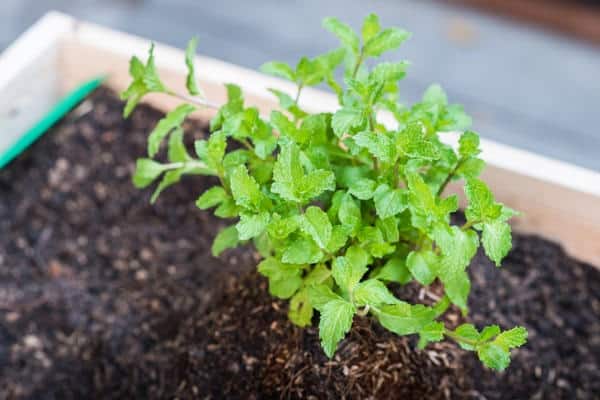
Choosing a landing site
The light-loving culture prefers sunny areas. Shading the plantings leads to stretching of the seedlings, weakening the aroma and reducing the healing properties. Forest mint feels good on any soil.High yields are achieved by growing fragrant grass on sandy loam soils with neutral acidity and good drainage. The growing area should be moderately moist.
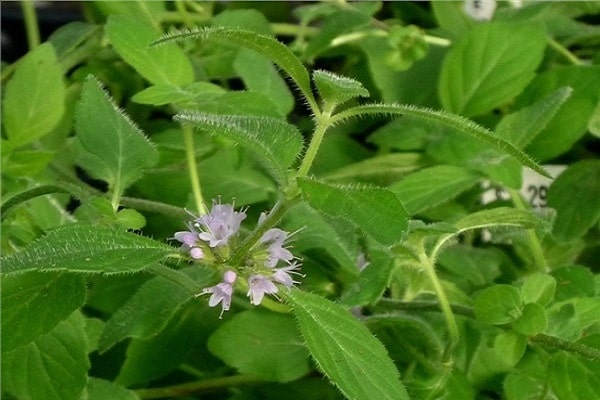
Sowing
Sowing seeds in open ground is carried out in May, in a heated, loosened soil, cleared of weeds. The planting material is deepened by no more than one centimeter. The distance between the grooves is maintained within the range of 25-45 cm. The soil surface is slightly compacted and moistened by sprinkling. Mulching is indicated to retain moisture. The sprouts appear in 2-3 weeks.
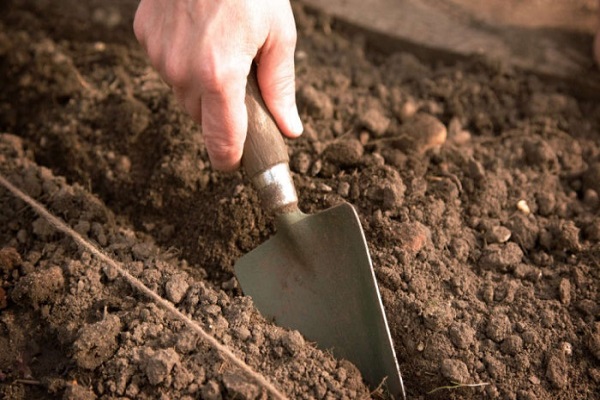
Watering features
Forest mint plantings do not require excessive moisture, but drought is detrimental to them. In case of waterlogging, the plants rot, and during the dry period the leaves begin to turn yellow, dry out and fall off. The intensity and timing of irrigation depend on the degree of soil drying. To avoid stagnation of water in rainy weather, shallow grooves are dug around the garden bed. Regular, moderate watering promotes rhizome development. To avoid moisture evaporation, it is recommended to water the oregano in the evening.
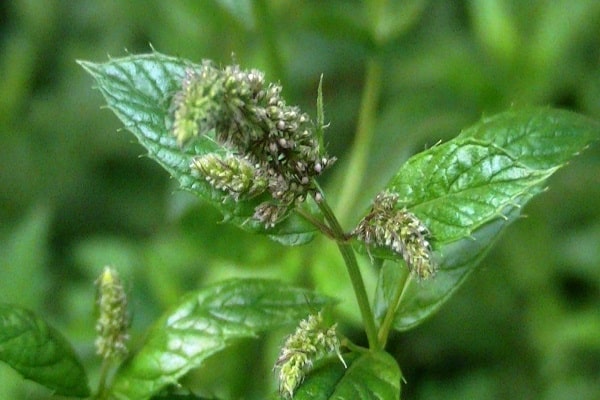
Loosening and weeding
Oregano likes the constant loosening and weeding that is shown in the early years of growth. In the future, mint grows and leaves no room for weeds. Mulching the beds with straw will help to reduce the number of waterings and get rid of weeds, which stimulates the growth of oregano.
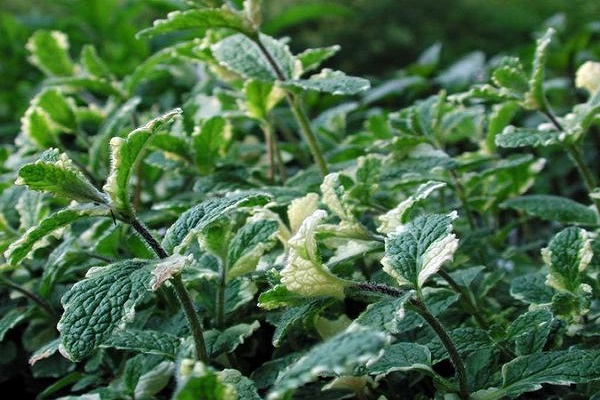
Diseases and pests
This variety of mint resistant to pests and diseases. It can be affected by aphids that feed on plant sap, and a red glass spider that covers the leaves with cobwebs, as a result of which they fall off. The use of pesticides on green crops is prohibited, therefore, they are fighting insect pests with biological preparations and folk methods. Treatment with a mixture of wood ash and tobacco dust in equal quantities, soapy water, infusion of tomato tops or garlic is shown.
Experienced gardeners plant oregano next to pest-prone vegetables because the scent repels them.

Collection and storage of mint
Harvested in July, when the oregano enters the flowering phase. Up to three shoots 20 cm long are cut from each bush. The stems are tied in bunches, which are suspended under a canopy. The second drying option is to lay the raw material on paper in a thin layer with constant stirring. Dry leaves are cut off, placed in glass jars and hermetically closed. The shelf life of the blanks is 2-3 years.
Seed material ripens in early autumn. To obtain seeds, the best bushes are left for flowering. The cut branches with bolls are dried and rubbed with hands, after which they are passed through a sieve and dried again. The seeds are stored in paper bags in a dry place.

Dry material application:
- The leaves and flowering tops of forest mint are used as tea leaves, as a basis for drinks and infusions. The blanks are used as spices for canning vegetables.
- Charges with oregano normalize digestive processes, cure sore throat, stomatitis, pharyngitis, relieve headaches.
- The weed bags are hung in moth-proof cabinets.
Grow fragrant grass in your summer cottage and use it at your discretion: in cooking, in folk medicine, in garden decoration.
